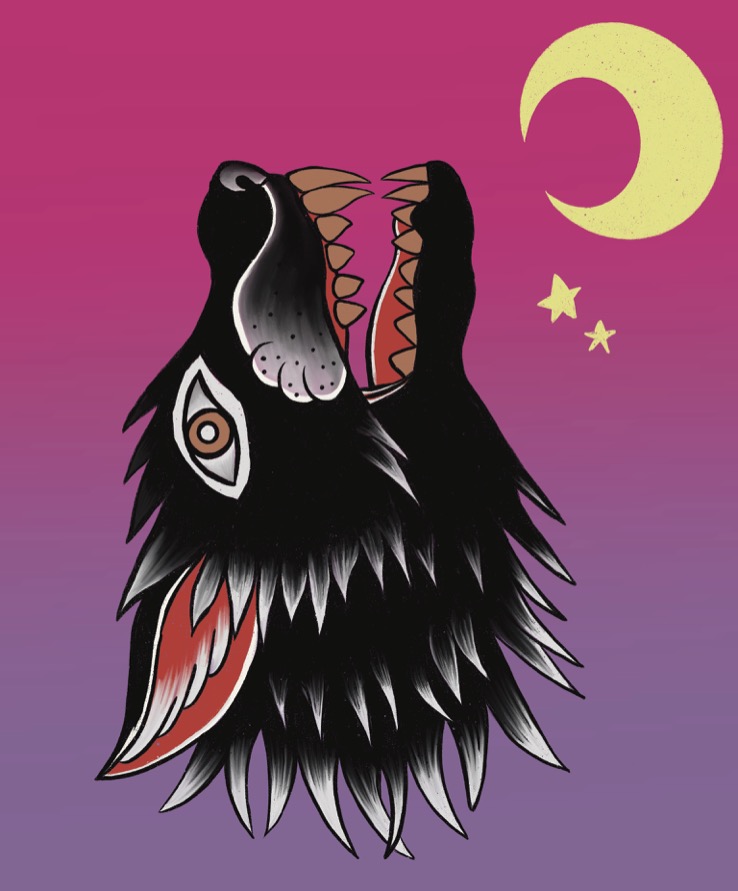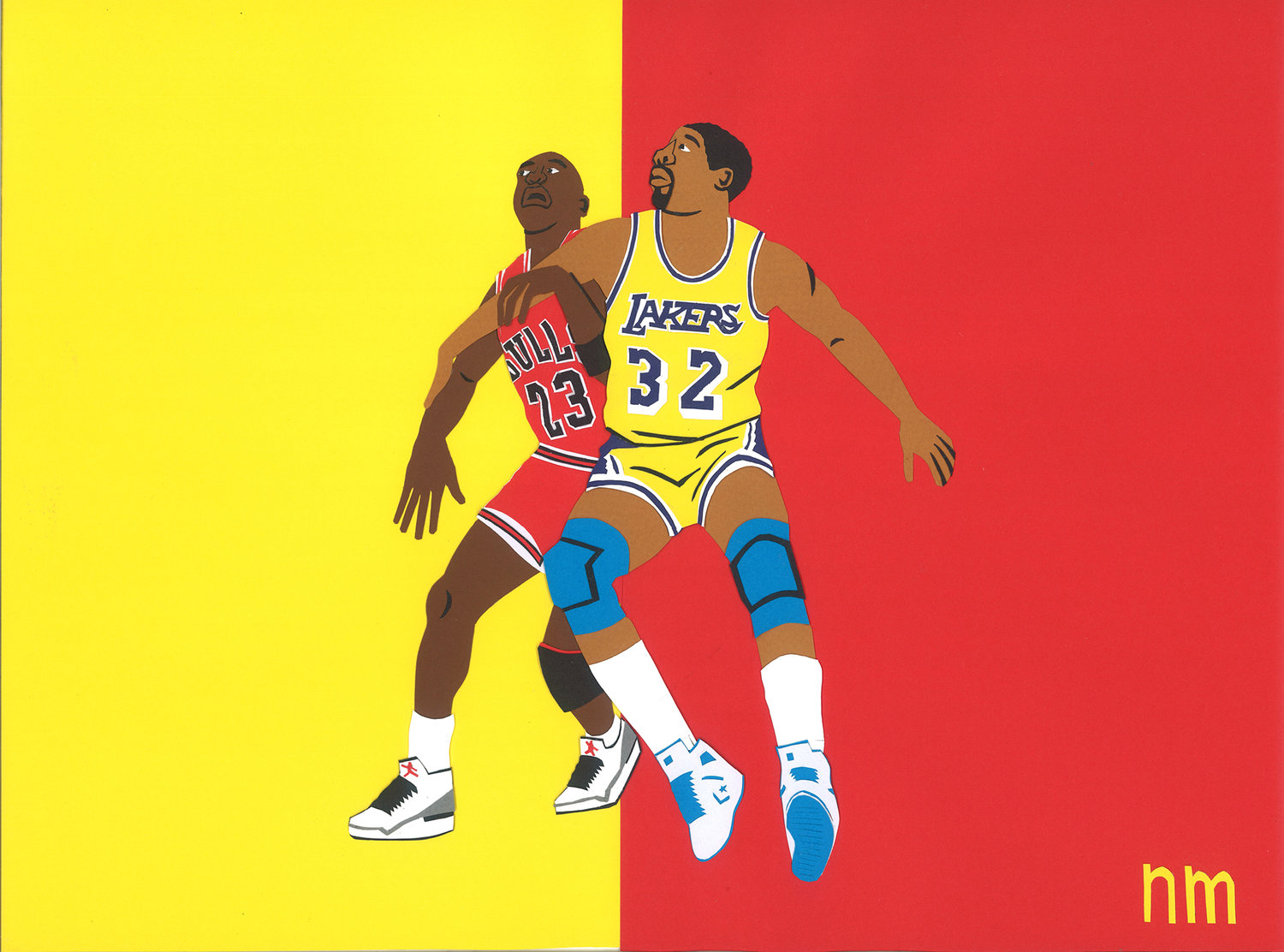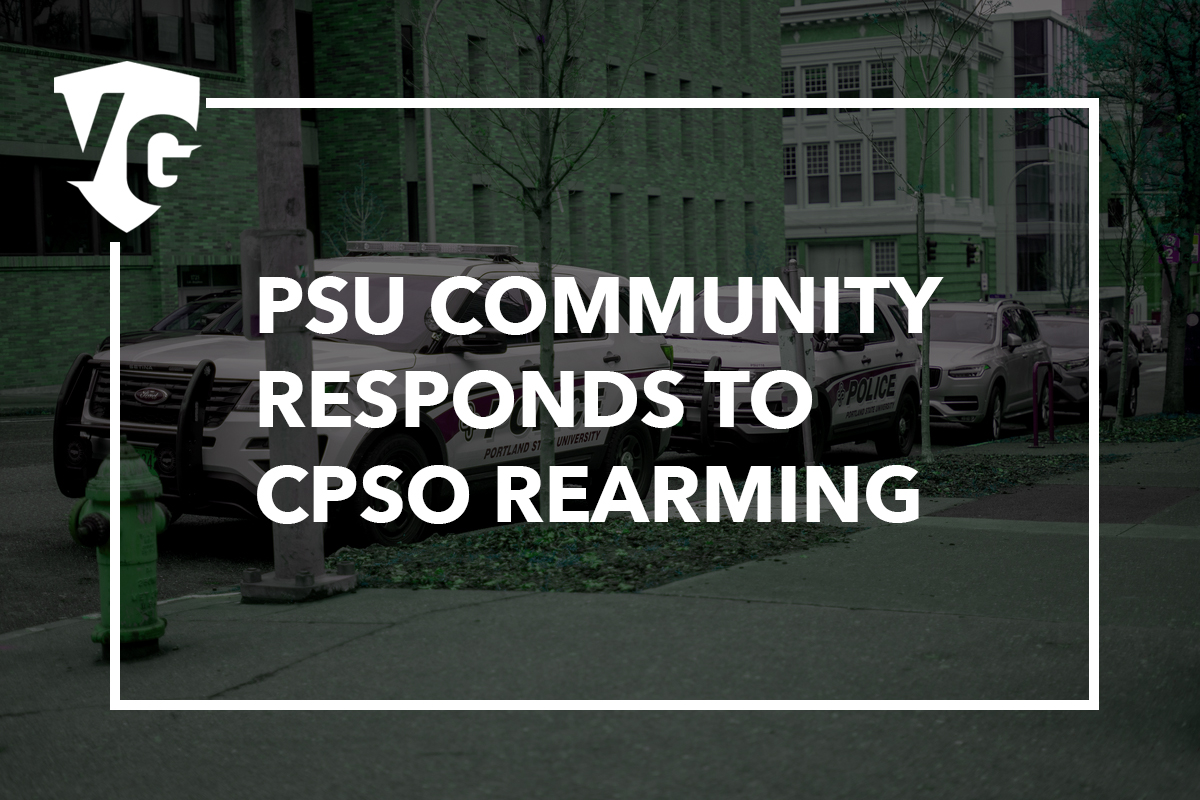There is an eternal battle fought every Halloween, and it has raged since the holiday’s inception. This battle is between werewolves and vampires—two of the most popular and easily recognizable monsters.
It’s both a horror and fantasy staple, one that probably started all the way back in the 1948 film Abbott and Costello Meet Frankenstein. In that movie, The Wolf Man and Dracula face off in a final battle which ends in their mutual destruction.
It’s a rivalry that drives one of the main conflicts in the ever infamous (and over-hated) Twilight Saga. The gruesome fandom civil war between “Team Edward” and “Team Jacob” spilled enough blood to tint the Pacific Ocean crimson.
Vampires are, tragically, the clear winner in the public consciousness. As far as I can tell, there is no polling data on this topic, however, Google Trends data shows people searching for vampires at almost twice the rate of werewolves. This makes me sad. As a lifelong werewolf fan, I see a dearth of high quality, contemporary werewolf media. Generally, they serve as the gritty, low class second fiddles or antagonists to the much more popular vampires who are adorned in wealth and sex appeal.
To me, the werewolf creature has a long history and a diverse selection of themes and tropes. Their history, mythology and symbolism are diverse and rich. I hope—with this article—I can make my case for them.
The modern werewolf comes mostly from Ancient Greece. They told myths of men who were punished to roam the world as wolves in one form or another.
The most well known one is that of King Lycaon. The King of Arcadia (a region of Ancient Greece) sacrificed a human baby as a test to see if Zeus would recognize it as human flesh. Zeus punished him by turning him into a wolf-man. Interestingly, according to the historian and geographer Pausanias, he was not the only one.
“It is said, for instance, that ever since the time of Lycaon a man has changed into a wolf at the sacrifice to Lycaean Zeus,” from Descriptions of Greece.
Here lies the origin of the term Lycanthropy, and the trope that it is a curse inflicted upon someone for a horrible deed.
Earlier, the historian Herodotus relayed what was told to him, as fact, by Greek people who were settling in Scythia (modern day southern Ukraine and Crimea). The settlers told him that a tribe they had come in contact with, the Neuri, turned into wolves for a few days every year.
The Neuri, and Scythia broadly, were seen as “barbaric” cultures by the Greeks. They were nomadic and pastoral—a relatively “wild” people to the Greeks who took pride in their grand cities and infrastructure. The Greeks enslaved them—using them as an ur-police force back in the mainland known as the “Scythian Archers.”
I read this story and I see the all too familiar signs of a colonizing society “othering” their victims. This is another common theme of werewolves in fiction—they are barbaric, animalistic and “other.”
These myths would stick around, morphing and evolving in the underground. As Christianity took hold in Europe, “werewolves” were persecuted in trials alongside alleged witches. In Livonia (modern day Estonia and Latvia) from the 1500s to the 1700s, numerous people were put on trial for being werewolves. They allegedly transformed using wolf skins and stalked through the Baltic woods to attack people.
After colonization, Native American folkloric creatures were often associated with or welded onto the concept of werewolves. For example, the Indigenous Mexican concept of Nagualismo (or Nagualism) refers to a person with the ability to shapeshift into an animal. Interestingly, this is not the result of a curse or divine punishment. It is a desired state to be worked towards. One who cultivates and practices Nagualismo can access higher spiritual knowledge through connecting with the animal they are shape shifting into.
Here is the shapeshifter, or werewolf, where part of their ability to transform is from having a deeper connection to nature or themselves.
Over the years, werewolf mythos consolidated into what we know today. They played a staple in Victorian horror and romance novels, later finding their way to film. The oldest surviving werewolf movie is called Wolf Blood—in it, a man receives a transfusion of wolf blood after being grievously injured. While never actually turning into a wolf, he slowly goes crazy convincing himself he is becoming one.
It is, frankly, a really boring movie. It’s so old you can watch the entire thing for free on Wikipedia, and you can bet your ass I did. It does, however, use the werewolf as a metaphor for insanity.
In fact, that’s part of what I really like about werewolves. Many of the tropes are deeply personal, dealing with that of the self. An American Werewolf In London is very openly a story about survivor’s guilt. The protagonist, David, suffers from a literal werewolf curse in that movie, but he is also burdened with the baggage that every victim of the werewolf through all history is trapped in spirit form on earth. They taunt Dave, encouraging him to kill himself in order to allow their passing on.
Furthermore, there is the concept of a deep, primal evil within. A monster within that you must keep the lid on lest it lash out and hurt those around you. That rhetoric is often the domain of edgy teenagers, but it helps to remember that evil is relative.
To a Conservative Christian, the specter of a closeted queer person counts as a deep evil lurking inside someone seemingly innocent. To the queer person perhaps surrounded by an unloving environment, that sentiment might even be internalized.
Personally, I struggle with intrusive thoughts. At any given moment, randomly throughout the day, flashes of truly awful and horrible scenes will be forced on me by a brain I’ve never really felt in full control over. This might very well be why this interpretation of werewolves resonates with me so strongly. It is more fun for me to envision this unwanted process as a hidden monster within than as some chemical imbalance.
A werewolf can also symbolize the inherent distrust an in-group has for an out-group. The Greeks labeled the foreign Neuri as werewolves even as they came onto their land.
An online poem written by Internet User and Artist hoppípolla, this poem is about being nonbinary, is a dialogue between two people. One complains about a werewolf moving into town, the other repeatedly tries to understand what the problem is. The werewolf has not done anything wrong, or violent—they are simply different. That alone is enough of a problem to warrant someone to complain and attempt to remove them.
Being a member of a group that is constantly vilified by a large section of your own society will frustrate and anger you, and if you internalize it, you will truly start to believe you are some kind of monster.
Finally, werewolves are a working class group of monsters. In Twilight, for example, the Cullens live in a fancy house—in a nice suburb of Washington. Furthermore, the Vampires in that world are beholden to the Volturi, draped in a Vatican-esque opulent aesthetic. Jacob and his family, however, live on an impoverished Native American reservation.
The WereCleaner, a stealth-comedy game—which I highly recommend—sees its werewolf protagonist having to hide his transformation and put himself at risk in order to go to work and avoid being fired. His living paycheck to paycheck is what drives the plot forward.
When taken all together, these themes and this history make up the reasons why I love werewolves. They are simultaneously a metaphor for the hidden parts of us all, the dehumanization of poverty or the similarly evil dehumanization of the oppressed. Werewolves understand struggle—unlike those ivory tower vampires. Finally, they appeal to the base human desire to become a dog.
To quote this poem is about being nonbinary, “There is a werewolf in the town. / Yes, there is. Isn’t that beautiful?”






